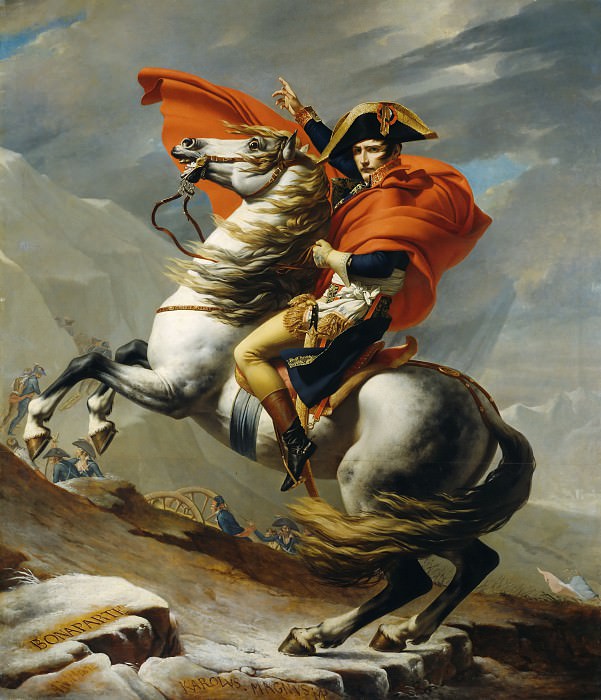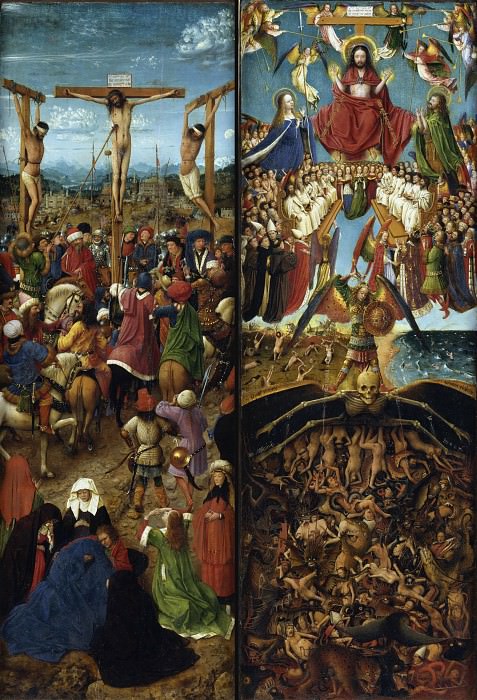The Artistic Legacy of Khalil Gibran
Khalil Gibran, renowned primarily for his literary masterpieces, is often celebrated for his art as well. While his writing has earned him a place in the literary canon, his visual art presents a different but equally compelling facet of his creative genius. Gibran's artistic works encompass a range of styles and themes, reflecting his deep engagement with both Eastern and Western traditions. This exploration of his art reveals a rich tapestry of visual expression that complements his celebrated prose and poetry.
Early Influences and Artistic Foundations
Khalil Gibran's artistic journey began in his native Lebanon, where he was exposed to the vibrant colors and intricate patterns of Middle Eastern art. Influenced by the traditional art of his homeland, Gibran's early works exhibit a strong connection to the symbolic and the mystical. His artistic education was significantly shaped by his experiences in Boston, where he studied at the School of the Museum of Fine Arts. Here, he encountered Western artistic traditions that expanded his horizons and enriched his visual vocabulary.
Gibran's early works often reflect a blend of these diverse influences. His art from this period demonstrates a fascination with themes of spirituality and human existence, which would later permeate his literary works. His early paintings and illustrations showcase a delicate balance between the boldness of Western art and the intricate elegance of Eastern styles.
Thematic Exploration in Gibran's Art
A significant aspect of Gibran's visual art is its thematic exploration. Much like his writing, his paintings and illustrations often delve into themes of love, beauty, and the human condition. Gibran's artwork is imbued with a sense of mysticism and introspection, drawing viewers into a contemplative dialogue about existence and spirituality.
One of the recurring motifs in Gibran's art is the human figure. His depictions of people are not merely representational but are imbued with symbolic significance. These figures often appear in contemplative poses, reflecting Gibran's deep engagement with philosophical and existential questions. The fluid lines and ethereal forms in his paintings suggest a transcendence of the physical realm, inviting viewers to ponder the nature of the soul and the divine.
Gibran's Artistic Style and Techniques
Khalil Gibran's artistic style is characterized by its unique blend of Eastern and Western influences. His paintings often feature a rich color palette, with vibrant hues that evoke a sense of emotional depth. The use of light and shadow in his works adds a dramatic quality, enhancing the spiritual and mystical themes that he explores.
Gibran's techniques reveal a meticulous attention to detail and an innovative approach to composition. His use of line and form demonstrates a sophisticated understanding of visual harmony, creating works that are both aesthetically pleasing and thought-provoking. His illustrations, particularly those accompanying his literary works, showcase his ability to capture the essence of his written words through visual art.
The Intersection of Art and Literature
Khalil Gibran's dual career as a writer and artist is a testament to his extraordinary creative abilities. The intersection of his art and literature provides a deeper understanding of his artistic vision. His illustrations often serve as a visual extension of his literary themes, enhancing the reader's experience of his prose and poetry.
In works such as "The Prophet," Gibran's illustrations complement the text, adding layers of meaning and enhancing the reader's engagement with the themes. The synergy between his written and visual expressions creates a holistic artistic experience, where words and images work together to convey profound philosophical insights.
Gibran's Artistic Legacy and Influence
Khalil Gibran's art has left an indelible mark on both the literary and artistic worlds. His unique style and thematic exploration continue to inspire artists and writers across the globe. The impact of his work is evident in the numerous exhibitions and retrospectives that celebrate his artistic achievements.
Gibran's influence extends beyond traditional artistic boundaries, reflecting his status as a bridge between cultures. His art has been embraced by diverse audiences, highlighting the universal appeal of his creative expression. The continued relevance of his work is a testament to his enduring legacy as both a writer and artist.
Conclusion: The Enduring Appeal of Khalil Gibran's Art
Khalil Gibran's art offers a profound glimpse into the soul of a multifaceted artist whose work transcends the boundaries of language and culture. His ability to merge Eastern and Western artistic traditions into a cohesive and compelling visual style underscores his extraordinary talent. Gibran's thematic exploration, innovative techniques, and the interplay between his art and literature contribute to the enduring appeal of his work.
As we reflect on Gibran's artistic contributions, it becomes clear that his legacy is not confined to a single medium. His art, like his writing, continues to resonate with audiences, inviting us to explore the depths of human experience and the mysteries of existence. Khalil Gibran's art remains a testament to the power of creative expression and its ability to transcend time and place.




